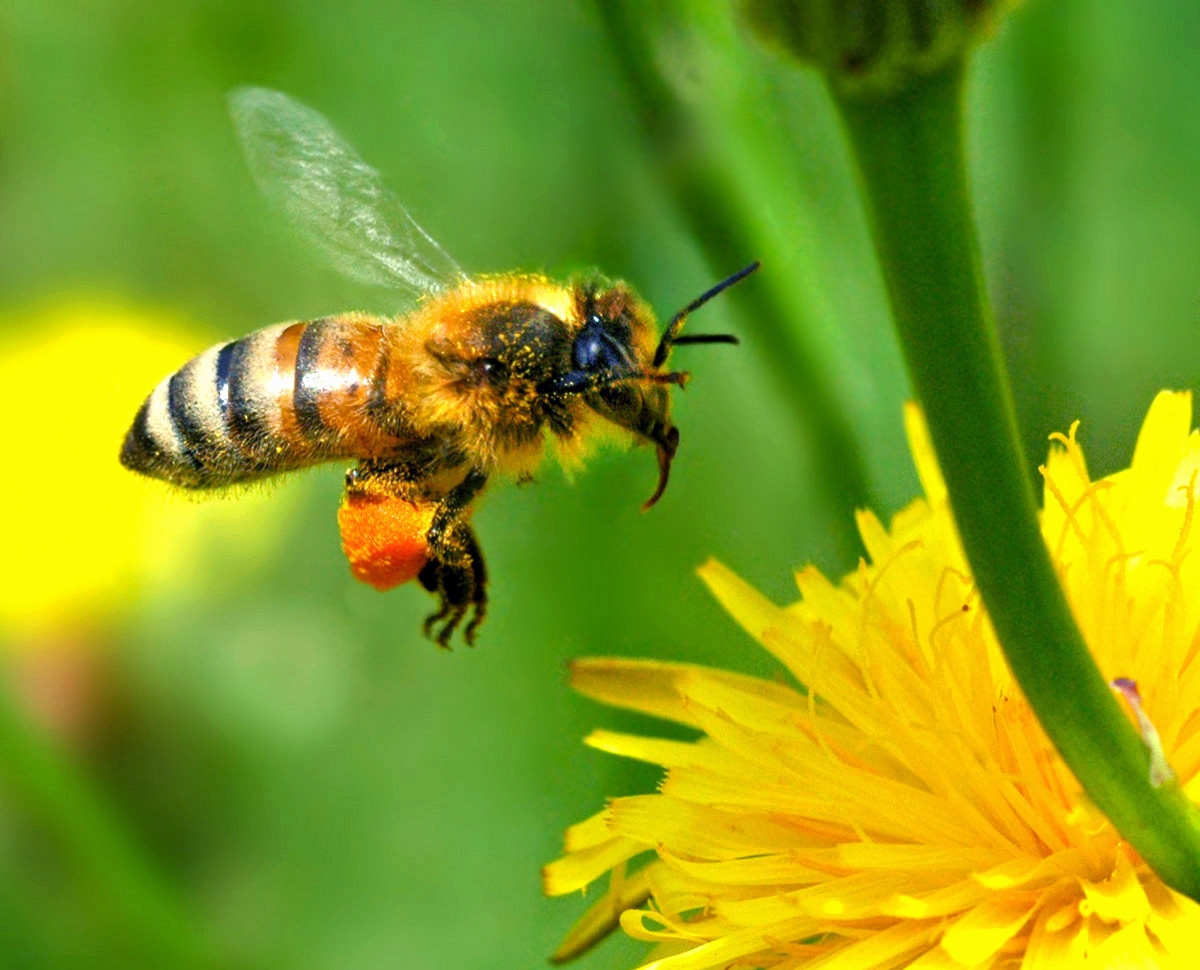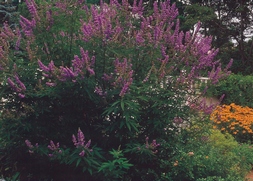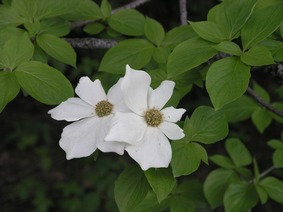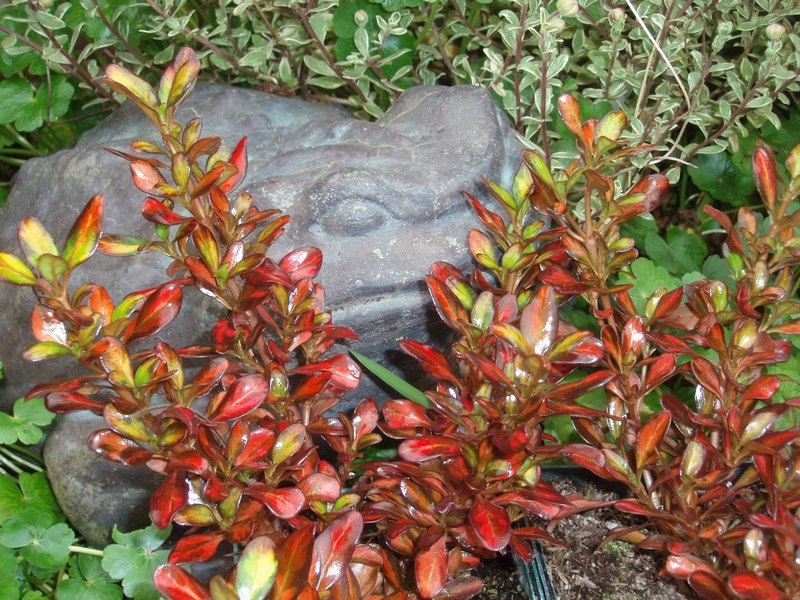Bees are getting a lot of press lately, Most fruits and vegetables, except crops like corn, wheat, tomatoes, peppers, eggplant, beans and beets, need bees to pollinate them. Of the 3 million hives in this country about 600,000 have disappeared. Our bees are at risk and research has not found the smoking gun for colony collapse disorder ( where bees leave the hive and mysteriously never return ). In the 1980’s a mite caused a huge die off but now researchers are looking to a virus from Israel that might causing a decline in the bee’s immune system, like AIDS for bees. Pesticide are also contributing to the decline. Maybe these interfere with the bees ability to find their way home. It may be that there are several reasons that are causing our bees to be at risk.
What can we do to help? For one, we can attract native bees to the garden. Native bees are solitary, meaning they do not make a hive but make nests underground, one female per nesting hole, where she lays her eggs. Some of the things we do in our gardens, such as mulching, is good for the soil and deterring weeds but not helpful for ground nesting bees. The key is to leave some unmulched sections near your flowering plants for them to burrow.
Native bees won’t sting you. It’s not that they don’t have a stinger, they just don’t use them on people. Also most of our 1,600 species of native bees are too small to be able to sting. Native bees are solely responsible for keeping many native plants pollinated. To help bees and other pollinator insects—like butterflies—you should provide a range of plants that will offer a succession of flowers, and thus , through the whole growing season. Choose several colors and shapes of flowers, plant flowers in clumps and plant where bees will visit- in sunny spots sheltered from strong winds.
, through the whole growing season. Choose several colors and shapes of flowers, plant flowers in clumps and plant where bees will visit- in sunny spots sheltered from strong winds.
Native bees love Ray Hartman ceanothus and toyon, for instance. Also ribes, sambucus, penstemon, echinacea, sedum, salvia, Ca. poppy, buckwheat, willow, sunflowers, lavender, basil, agastache, marjorum, rosemary, erysimum, zinnia and aster.
All species of bees will benefit from these tips. Let’s lend a helping hand to these vital pollinators.

 Vitex agnus-caste. This large shrub can be trained as a multi-stemmed small shade tree if you like. Fragrant lavender-blue flower spikes cover this plant summer to fall. Even the leaves are aromatic with handsome lacy, fanlike leaflets. Vitex thrives in heat with moderate water and is deer resistant.
Vitex agnus-caste. This large shrub can be trained as a multi-stemmed small shade tree if you like. Fragrant lavender-blue flower spikes cover this plant summer to fall. Even the leaves are aromatic with handsome lacy, fanlike leaflets. Vitex thrives in heat with moderate water and is deer resistant.
 he top ten roses of the workls and the best landscpe white around. It also comes as a climber. Honey scented rose clusters are borne in great profusion. This rose is extremely disease resistant and needs little care. Looks great as a hedge or in mass plantings. This the the part I love, they have very few thorns.
he top ten roses of the workls and the best landscpe white around. It also comes as a climber. Honey scented rose clusters are borne in great profusion. This rose is extremely disease resistant and needs little care. Looks great as a hedge or in mass plantings. This the the part I love, they have very few thorns.